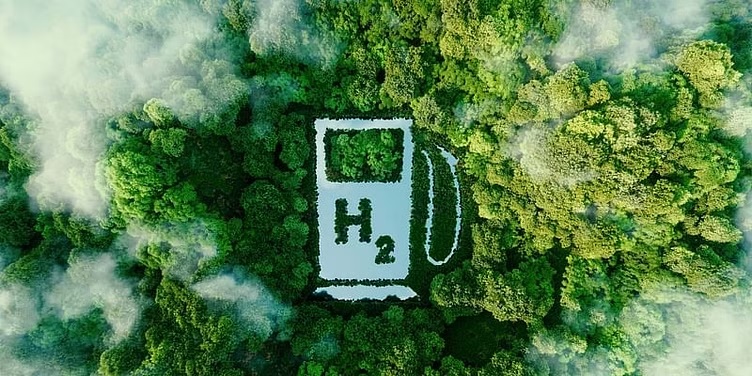
Tech advancements, regulatory support key to reduce cost, raise competitiveness
Green hydrogen will need a combination of technological advancements and regulatory support to boost cost-competitiveness compared with other energy sources and find wide and accelerated adoption in India.
Globally, green hydrogen is expected to play a pivotal role in achieving decarbonisation goals. While transition from coal to renewables has helped lower carbon intensity, power accounts for only 40% of carbon emissions in India, and green hydrogen is seen as crucial for lowering the carbon intensity of hard-to-abate sectors such as transportation and steel.
The industry has the potential to transform India from being a net importer of energy to a net exporter in the long run. However, it is still in its nascence in the country and needs to bring down the cost of production from $3-6 per kg currently to less than $2 per kg, to be competitive with other energy sources.
Grey hydrogen1 is already used by oil refineries to cut sulphur in fuel, and by fertiliser companies to make ammonia. These industries could be early adopters of green hydrogen. Oil refineries are especially well-placed as hydrogen constitutes less than 10% of the total production cost, which means the higher relative cost of green hydrogen will not hurt too much.
However, for use of green hydrogen in fertiliser production, as fuel for commercial vehicles or shipping, or as feedstock for producing iron and steel, economics will play a crucial role.
Says Naveen Vaidyanathan, Director, CRISIL Ratings, “The ongoing Russia-Ukraine conflict spiked the prices of natural gas — used to produce grey hydrogen — to a record high level averaging $30/mmBtu for calendar year 2022, putting grey and green hydrogen almost on par in terms of cost. However, considering the historical long-term average price of natural gas2, the cost of grey hydrogen could average $2-2.5 per kg, significantly below $3-6 per kg for green hydrogen. Thus, in the absence of demand mandates, prospective customers may think twice before signing long-term contracts for offtake of green hydrogen.”
Hence, bridging the cost differential by reducing the cost of renewable power generation and electrolysers — the two key steps in producing green hydrogen — holds the key to its faster adoption.
In India, renewable energy prices, which account for 50-65% of the total cost of green hydrogen, may have to decline from Rs 2.6-3 per unit at present to below Rs 2 per unit. Also, a waiver of energy banking as well as transmission and distribution charges, in addition to the already announced waiver on inter-state transmission charges, will be crucial to reduce the landed cost of power. This is critical as transporting hydrogen over long distances is not economical, mandating the need to wheel electricity to end-consumers.
Also, improvement in electrolyser efficiencies and decline in electrolyser capital costs by 60-70% through technological improvements and economies of scale are important for achieving the targeted cost.
To address this, the Green Hydrogen Mission has provided an initial financial incentive of Rs 19,744 crore, wherein Rs 17,490 crore is allocated towards funding domestic manufacturing of electrolysers and green hydrogen production. Additionally, mandates for green hydrogen consumption for refineries and fertilizers are also expected, which will be crucial till economics catches up.
Says Joanne Gonsalves, Team Leader, CRISIL Ratings, “Along with a target of green hydrogen consumption of 5 million tonne by 2030, India aims to establish itself as an export hub. The country benefits from cheap renewable power, large land, a vast grid and human capital, but will face competition from countries such as China, the Middle East, Australia and Chile. Moreover, developed economies such as the US and Europe have announced massive subsidies to incentivise green hydrogen production and adoption3. Hence, the pace of execution and relative regulatory and policy support will determine India’s export competitiveness. Domestic companies plan investments of around Rs 16 lakh crore over the next decade or so across the green energy value chain, wherein investments in green hydrogen could be back-ended as economics become favourable. Notably, it is mostly large conglomerates and well-capitalised companies entering this space, which mitigates credit risk.
All the same, firm offtake contracts would be crucial for companies to achieve financial closure. Technological evolution and policy support will also bear watching.

















